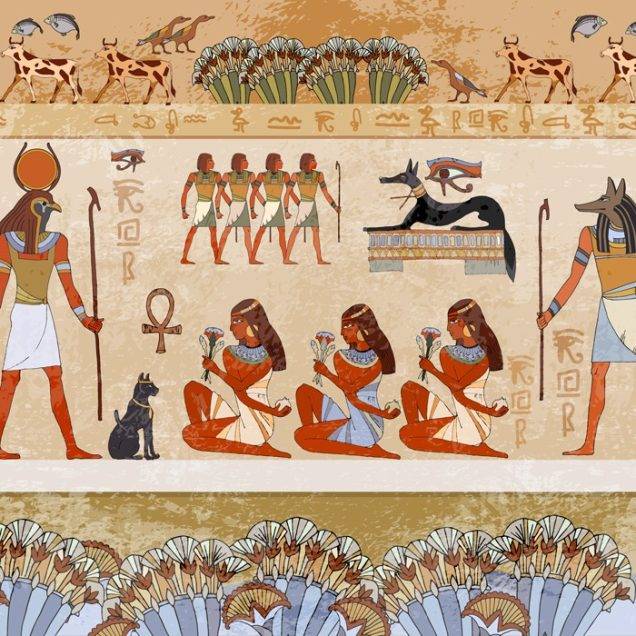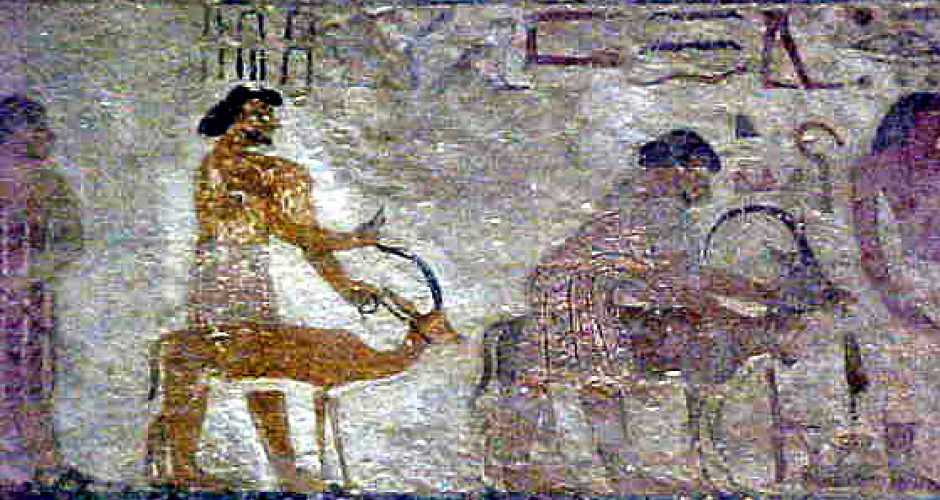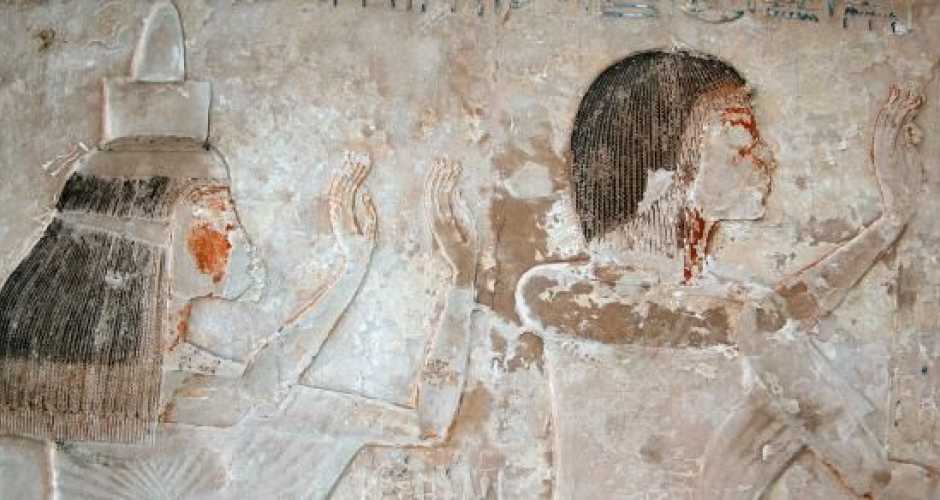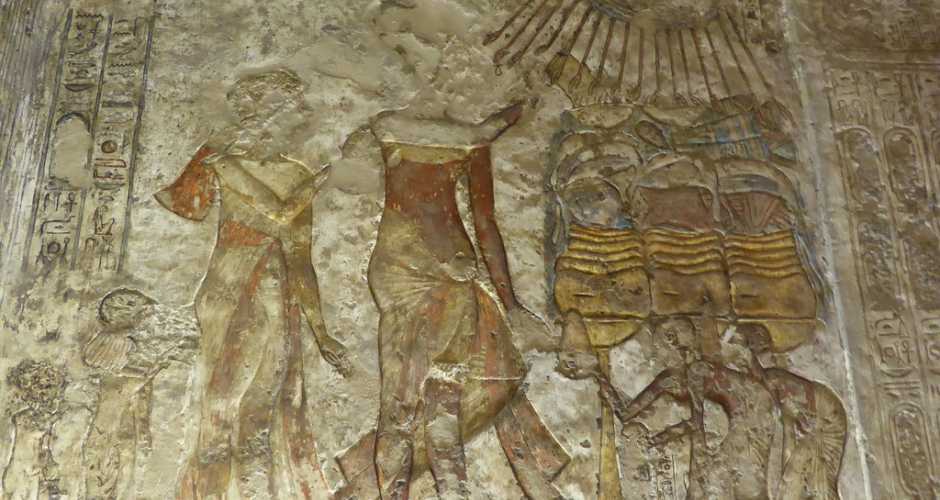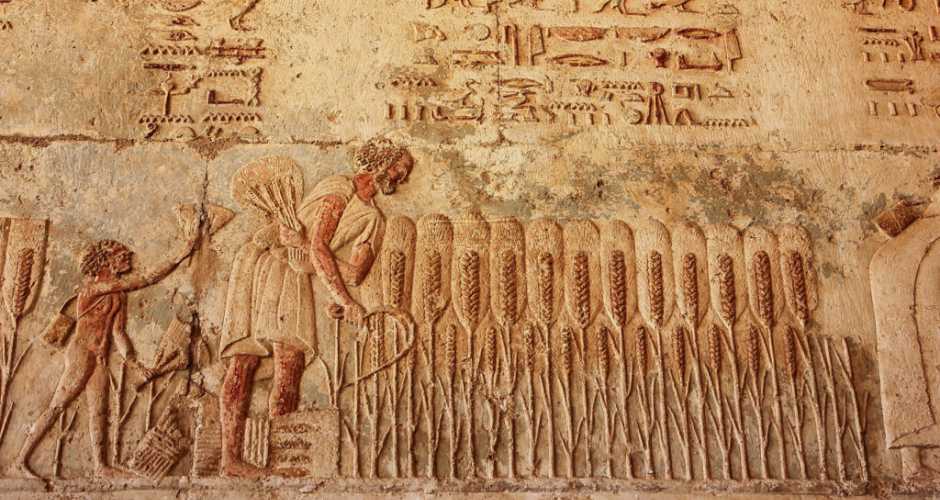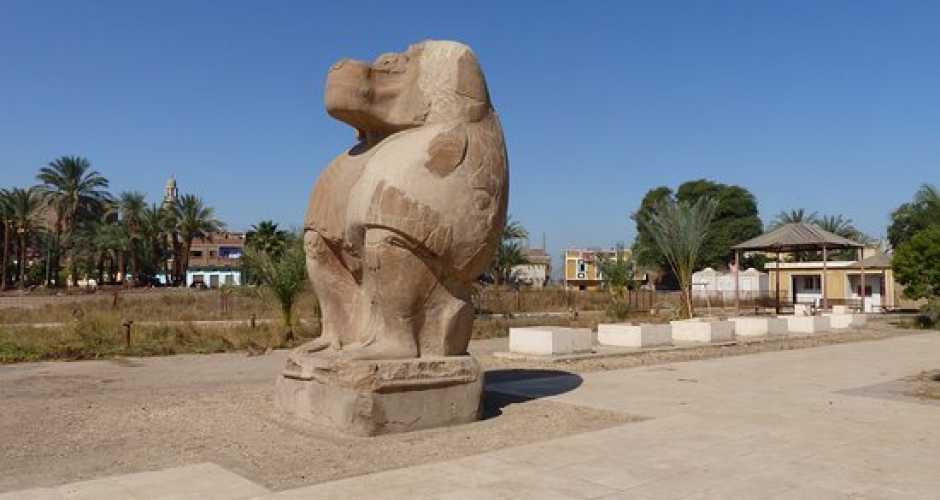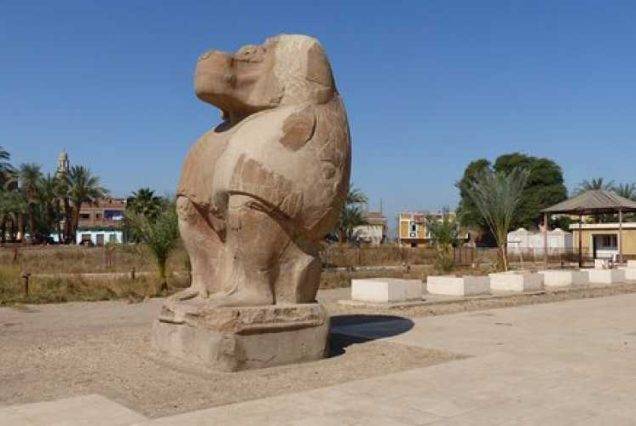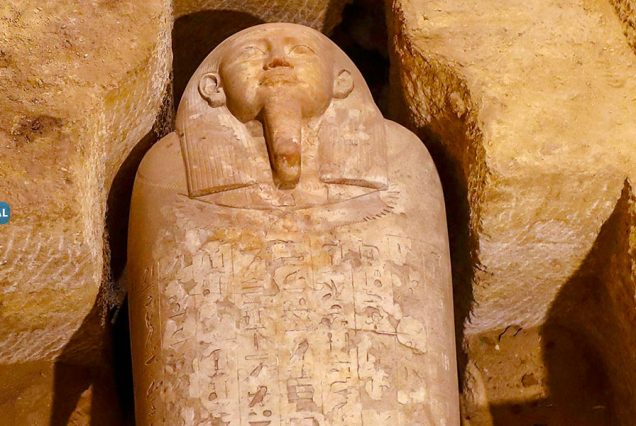

Overview
Amarna is the modern Arabic name for the site of the ancient Egyptian city of Akhetaten, capital of the country under the reign of Akhenaten (1353-1336 BCE). The site is officially known as Tell el-Amarna, so-named for the Beni Amran tribe who were living in the area when it was discovered.he god Akhenaten chose to replace all the others was not his own creation. Aten was a minor solar deity who personified the light of the sun. Egyptologist David P. Silverman points out how all Akhenaten did was elevate this god to the level of a supreme being and attribute to him the qualities once associated with Amun but without any of that god’s personal characteristics
Sights
Map
Info
Amarna is an extensive ancient Egyptian archaeological site containing the remains of what was the capital city during the late Eighteenth Dynasty. The city of Akhetaten was established in 1346 BC, built at the direction of the Pharaoh Akhenaten, and abandoned shortly after his death in 1332 BC.
As a pharaoh, Akhenaten is noted for abandoning traditional ancient Egyptian religion of polytheism and introducing Atenism, or worship centered around Aten. The views of Egyptologists differ as to whether the religious policy was absolutely monotheistic, or whether it was monolatristic, syncretistic, or henotheistic.

